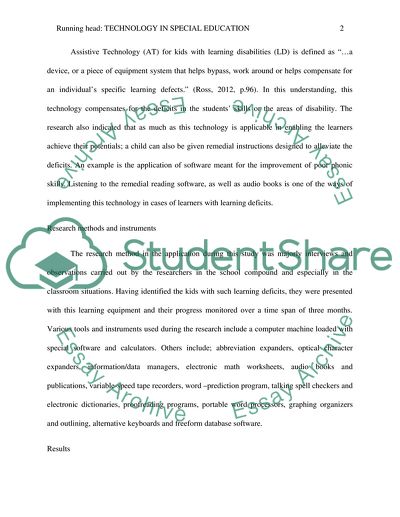Cite this document
(“Technology Use in Special Education: Assistive Technology Article”, n.d.)
Technology Use in Special Education: Assistive Technology Article. Retrieved from https://studentshare.org/design-technology/1635776-special-ed-journal-article
Technology Use in Special Education: Assistive Technology Article. Retrieved from https://studentshare.org/design-technology/1635776-special-ed-journal-article
(Technology Use in Special Education: Assistive Technology Article)
Technology Use in Special Education: Assistive Technology Article. https://studentshare.org/design-technology/1635776-special-ed-journal-article.
Technology Use in Special Education: Assistive Technology Article. https://studentshare.org/design-technology/1635776-special-ed-journal-article.
“Technology Use in Special Education: Assistive Technology Article”, n.d. https://studentshare.org/design-technology/1635776-special-ed-journal-article.


